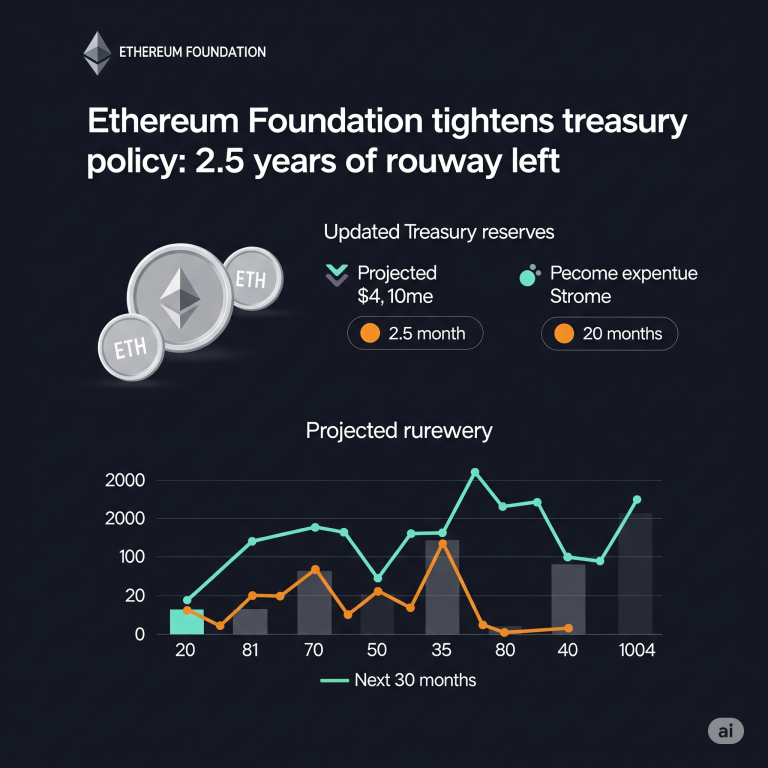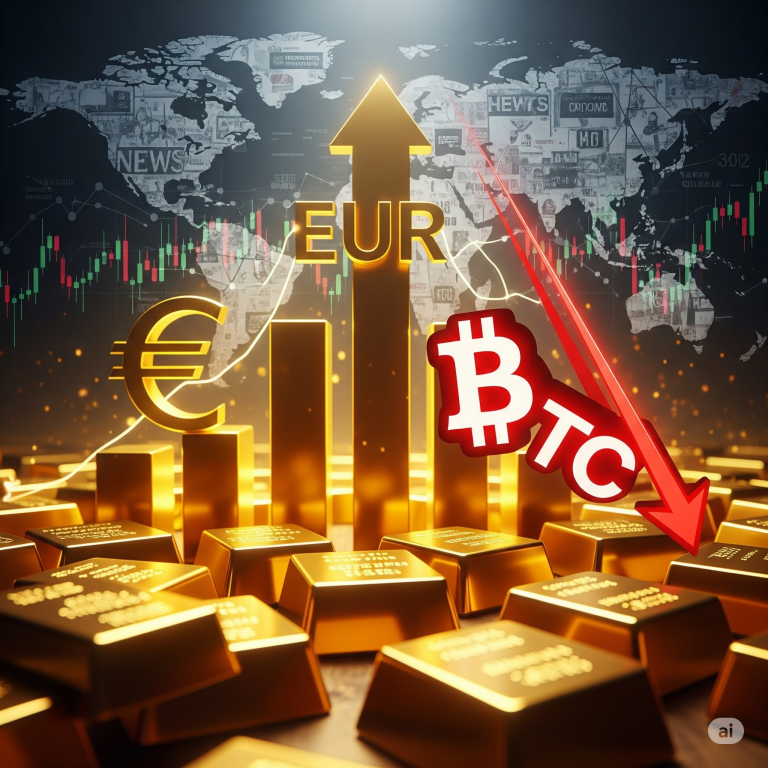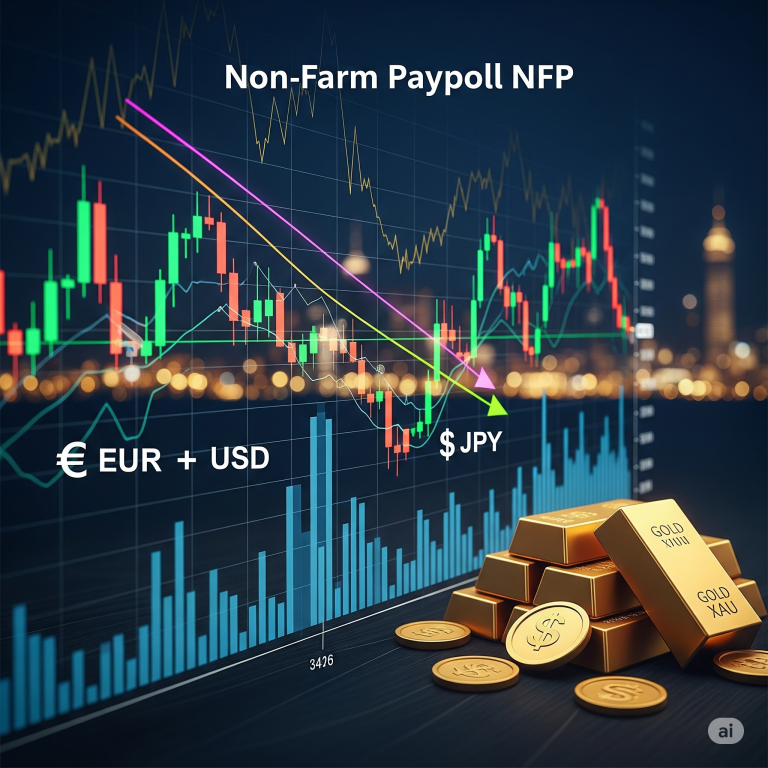NFT stands for Non-Fungible Token. It’s a type of digital asset that represents ownership or proof of authenticity of a unique item or piece of content, typically recorded on a blockchain. Unlike cryptocurrencies like Bitcoin or Ethereum, which are fungible and can be exchanged on a one-to-one basis, NFTs are unique and can’t be exchanged on a like-for-like basis.
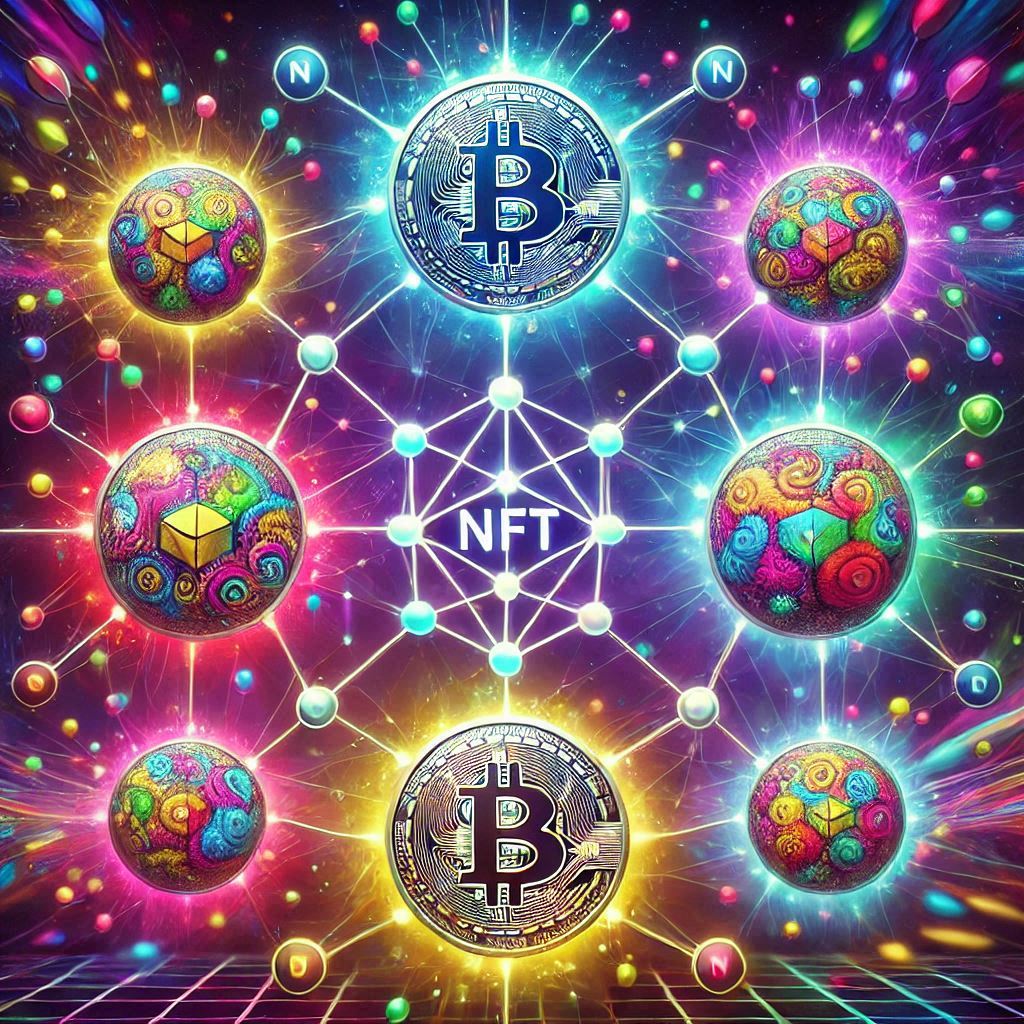
NFTs can represent a wide range of digital items, including:
- Art
- Music
- Videos
- Collectibles
- In-game items
The idea is to provide a way for creators to sell their digital work with the security and transparency of blockchain technology, and for buyers to own a verifiable copy of a digital asset.
NFTs have become popular for several reasons:
Ownership and Authenticity: NFTs provide a way to prove ownership and authenticity of digital items. This is particularly valuable for artists and creators who want to protect their work from unauthorized use or duplication.
Digital Collectibles: Just like physical collectibles (e.g., trading cards, stamps), digital collectibles can be unique and valuable. NFTs allow collectors to own digital items in a verifiable and tradable way.
Monetizing Digital Content: Creators can sell their digital work directly to consumers without relying on intermediaries. This can open up new revenue streams for artists, musicians, and other creators.
Smart Contracts: NFTs often come with smart contracts, which are self-executing contracts with the terms of the agreement directly written into code. This allows for features like automatic royalties for creators whenever their NFT is resold.
Interoperability: NFTs can be used across different platforms and ecosystems. For example, a virtual item in one game can be used in another game if both games support the same NFT standard.
Investment and Speculation: Some people buy NFTs as an investment, hoping that their value will increase over time. This has led to a speculative market where high-profile NFTs can sell for significant amounts of money
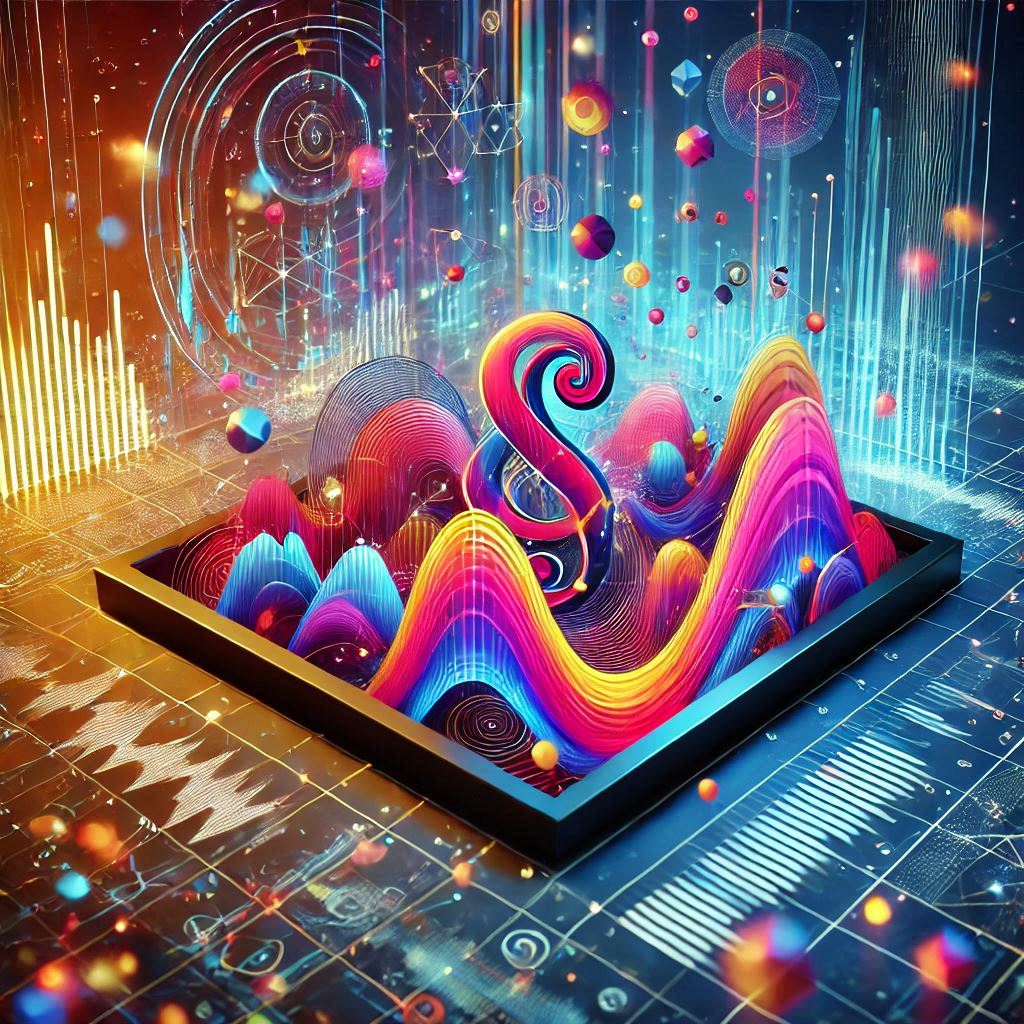
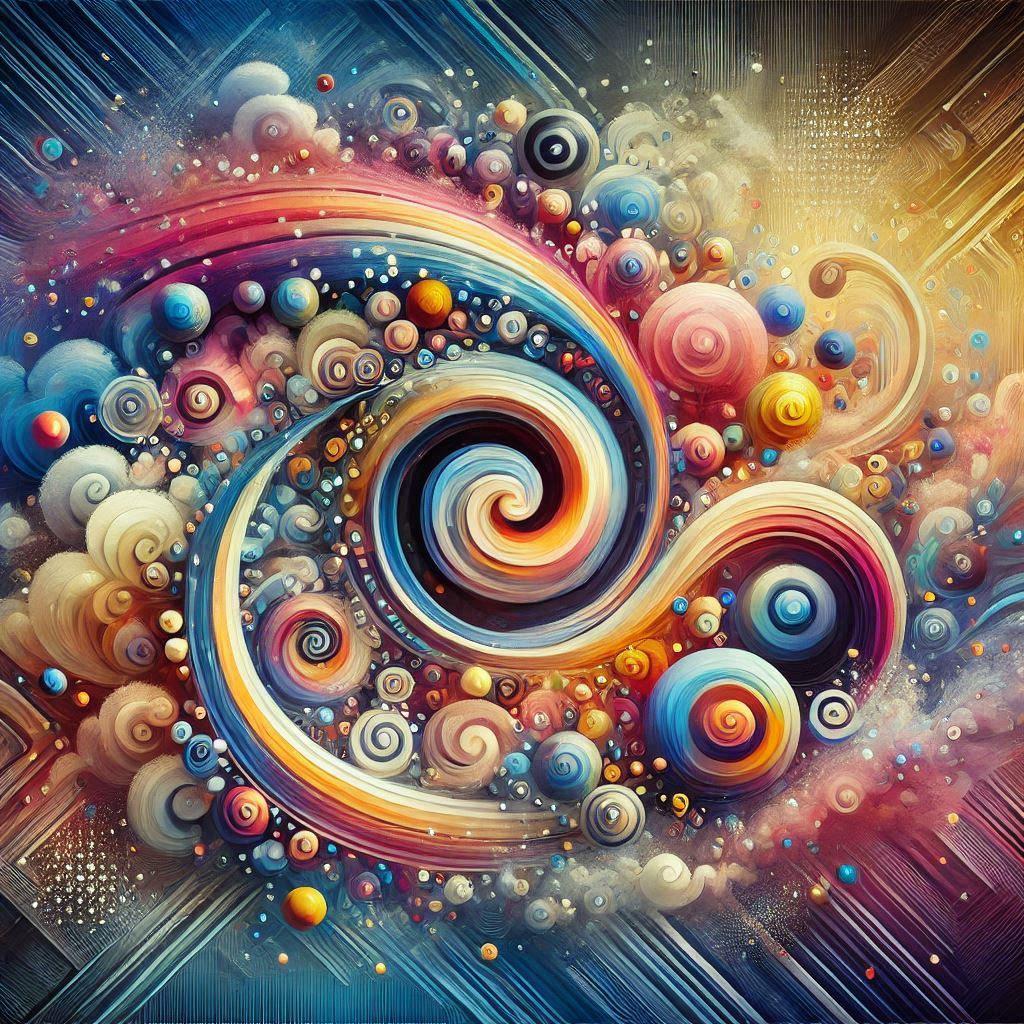
Subscribe to our newsletter!

